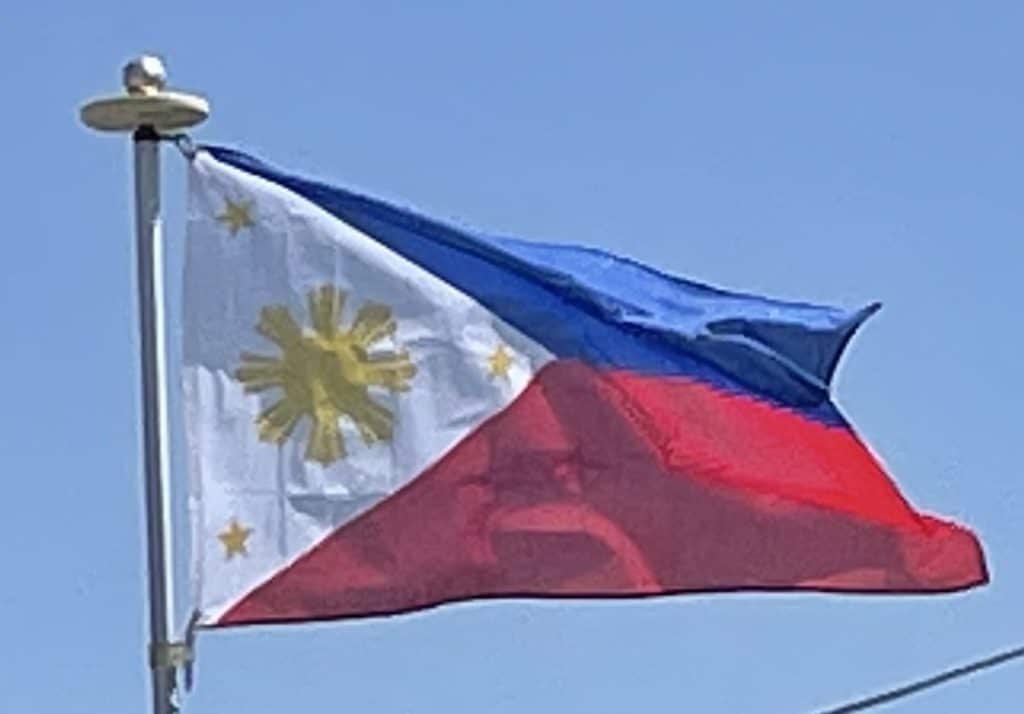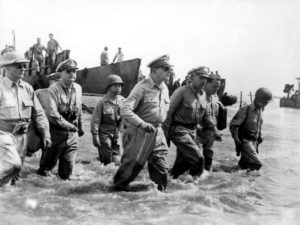
During World War II the Japanese Empire invaded and the Second Philippine Republic, under Jose P. Laurel, was established as a puppet state. From 1942 the Japanese occupation of the Philippines was opposed by large-scale underground guerrilla activity. Atrocities and war crimes were committed during the war, including the Bataan Death March and the Manila massacre. Allied troops defeated the Japanese in 1945. On October 11, 1945, the Philippines became one of the founding members of the United Nations. On July 4, 1946, the Philippines was officially recognized by the United States as an independent nation through the Treaty of Manila, during the presidency of Manuel Roxas.
Postcolonial Period (1946–present):
In 1965, Ferdinand Marcos won the election. Early in his presidency, Marcos initiated numerous infrastructure projects but, together with his wife Imelda, was accused of corruption and embezzling billions of dollars in public funds. Nearing the end of his term, Marcos declared martial law on September 21, 1972. This period of his rule was characterized by political repression, censorship, and human rights violations.
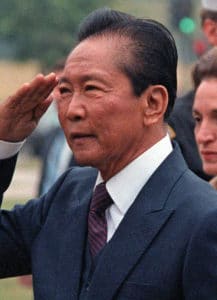
On August 21, 1983, Marcos’ chief rival, opposition leader Benigno Aquino Jr., was assassinated on the tarmac at Manila International Airport. Marcos called a snap presidential election in 1986. Marcos was proclaimed the winner, but the results were widely regarded as fraudulent. The resulting protests led to the People Power Revolution, which forced Marcos and his allies to flee to Hawaii, and Aquino’s widow, Corazon Aquino, was installed as president.
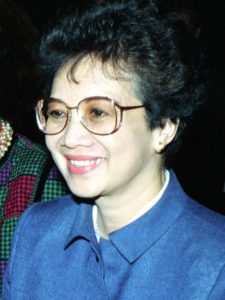
The return of democracy and government reforms beginning in 1986 were hampered by national debt, government corruption, coup attempts, a persistent communist insurgency, and a military conflict with Moro separatists. The administration also faced a series of disasters, including the sinking of the MV Doña Paz in December 1987 and the eruption of Mount Pinatubo in June 1991. Aquino was succeeded by Fidel V. Ramos, whose economic performance, at 3.6% growth rate, was overshadowed by the onset of the 1997 Asian financial crisis.
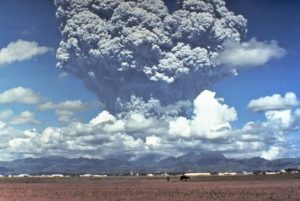
Ramos’ successor, Joseph Estrada, was overthrown by the 2001 EDSA Revolution and succeeded by his Vice President, Gloria Macapagal-Arroyo, on January 20, 2001. Arroyo’s 9-year administration was marked by economic growth, but was tainted by graft and political scandals.
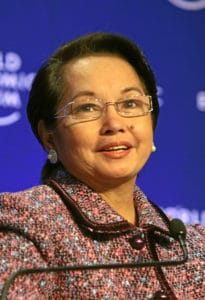
Economic growth continued during Benigno Aquino III‘s administration, which pushed for good governance and transparency. Former Davao City mayor Rodrigo Duterte won the 2016 presidential election, becoming the first president from Mindanao.
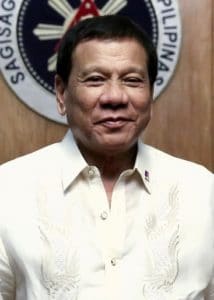
Duterte launched an anti-drug campaign and an infrastructure plan.
Geography:
The Philippines is an archipelago composed of about 7,640 islands, covering a total area, including inland bodies of water, of around 300,000 square kilometers (115,831 sq mi), with cadastral survey data suggesting it may be larger. Its 36,289 kilometers (22,549 mi) coastline gives it the world’s fifth-longest coastline. The EEZ of the Philippines covers 2,263,816 km2 (874,064 sq mi). It is bordered by the Philippine Sea to the east, the South China Sea to the west, and the Celebes Sea to the south. The island of Borneo is located a few hundred kilometers southwest, and Taiwan is located directly to the north. Sulawesi is located to the southwest and Palau is located to the east of the islands.
